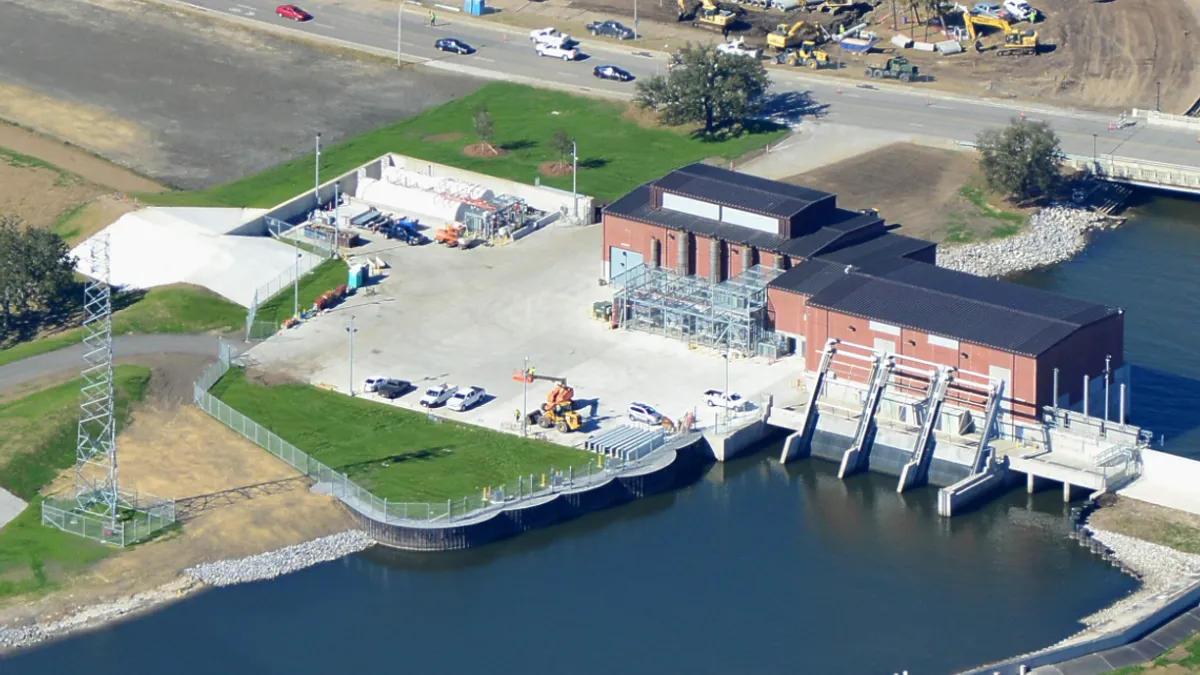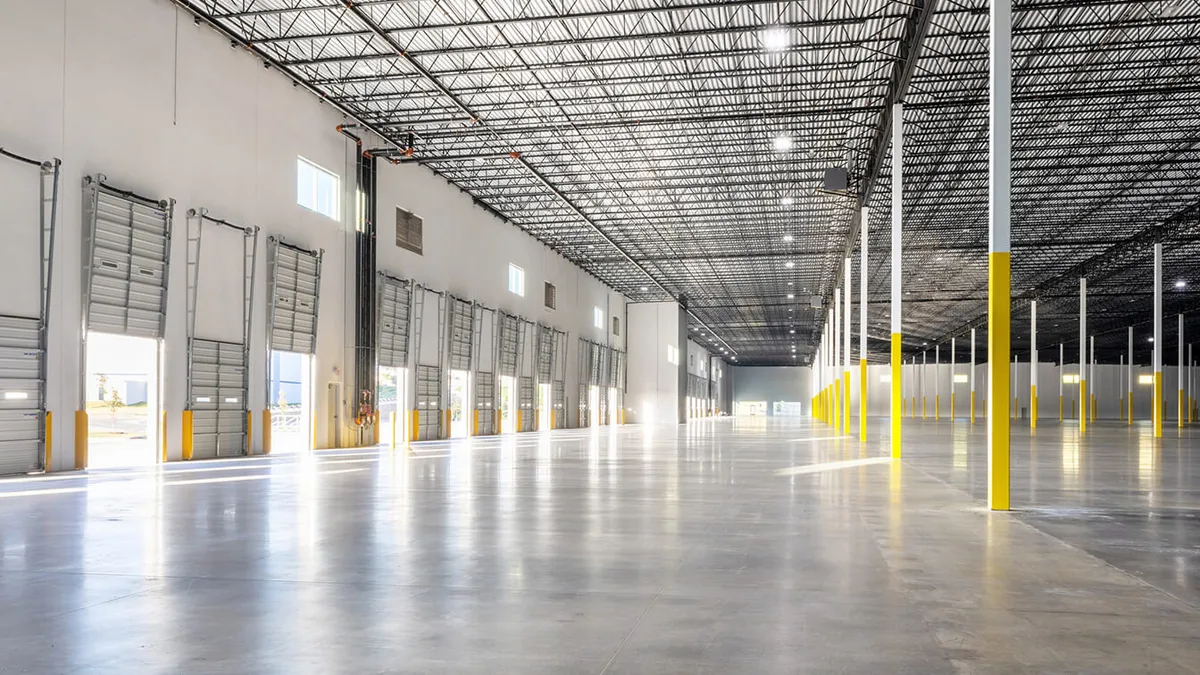The American Society of Civil Engineers has announced the nine recipients of its 2021 Outstanding Civil Engineering Achievement Award nominations, which recognize exemplary civil engineering projects throughout the country. The award honors projects which exemplify state-of-the-art engineering skill and provide considerable contributions to local and regional communities, in addition to advancing the civil engineering profession.
A winner and two runners-up will be chosen during the society's Outstanding Projects And Leaders Gala Oct. 8 in Chicago. The 2021 OCEA nominees are:
Chase Center
San Francisco
The newly constructed Chase Center, home to the NBA’s Golden State Warriors, has modernized the concept of an entertainment venue through innovative design. The Magnusson Klemecnic Associates project built the 18,000-seat NBA arena and office and retail complex with seismic resilience in mind, designing below-grade levels to “float” like a boat in case of seismic activity.
Gov. Mario M. Cuomo Bridge
New York City
The new 3.1-mile twin span bridges crossing the Hudson River between Rockland and Westchester counties replaces the old Tappan Zee Bridge. The new structure features extra-wide shoulders and emergency/bus lanes and is prepared to support future commuter or light rail. The project is one of the largest single design-build transportation structures in the United States.
Metro North Railroad Bridge Over Atlantic Street
Stamford, Connecticut
This bridge project in this densely populated New York City suburb required the replacement of aging railroad infrastructure while maintaining train service for 350 trains per day, serving over 125,000 daily commuters. The Connecticut Department of Transportation managed to complete the five-track project without unplanned commuter disruptions.
Moscone Center Expansion and Improvement
San Francisco
The renovated Moscone Convention Center uses transparent and translucent materials to bring natural light to interior public spaces, serving as an artistic draw for future conventions and events. Housing sprawling exhibit spaces and an elegant ballroom, the Moscone Center renovation utilizes seismic restraint throughout the facility to keep visitors and projects safe.
Niagara Falls State Park Transformation Initiative
Niagara Falls, New York
After years of disrepair, T.Y. Lin International and the New York State Office of Parks Recreation and Historic Preservation coordinated more than 16 interconnected projects across more than 400 acres to enhance the park. The groups improved behind-the-scenes utility, mechanical and stormwater infrastructure in addition to public-facing attractions, buildings, lighting and pedestrian/traffic routes. And the park was able to open throughout the entire improvement process.
Northwestern University Coastal Wall
Evanston, Illinois
Located directly on the coastline, Northwestern’s Athletics Center, designed by SmithGroup, integrated a double recurved coastal wall that mitigates wave energy and redirects it back to the lake. As many parts of Lake Michigan’s shoreline are dealing with erosion, the Athletics Center’s innovative coastal wall will keep the facility protected against severe weather events.
Permanent Canal Closures and Pumps Project
New Orleans
In the aftermath of Hurricane Katrina, the United States Army Corps of Engineers, in coordination with project designer Stantec, developed a long-term flood damage risk reduction system to mitigate damages from 100-year storms. The project improves water drainage, acts a flood barrier for storm surges and is used as a power station that can keep power running for five days.
Lake Mead Pumping Station and Discharge Aqueducts
Boulder City, Nevada
The decades-long drought in the Colorado River Basin has threatened Lake Mead, which currently only holds 38% of its 26-million-acre-foot capacity. To avoid water service disruptions to the 2.2 million residents of southern Nevada, the Southern Nevada Water Authority completed the Low Lake Level Pumping Station to improve accessibility and long-term reliability.
Mud Spring Mitigation
Imperial County, California
After a “mud spring” near the southern end of the San Andreas Fault began moving rapidly to carve out a 75-foot-wide channel in 2016, engineering firm Shannon and Wilson created mitigation measures to protect nearby Union Pacific Railroad tracks. The group contained the mud spring with a sheet pile wall for four months, allowing enough time for UPRR to construct a track on the far side of the main tracks and construct relief wells to depressurize the mud spring.























